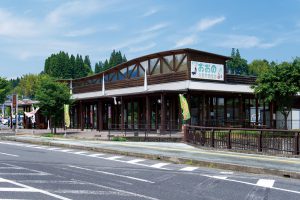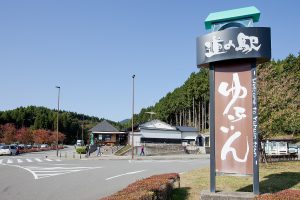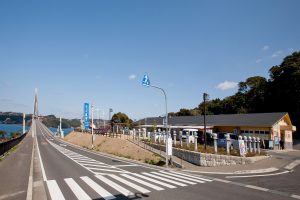Roadside Station Hyuga
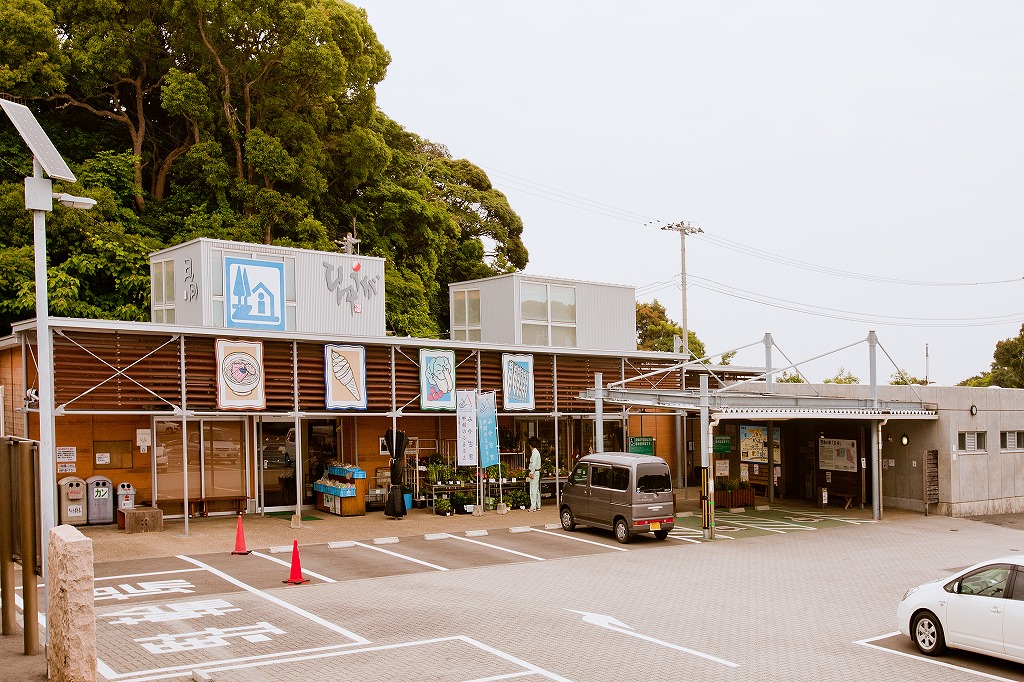
Index
Adjacent campground on a hill overlooking the Sea of Hyuga
Chirimenjako (dried young sardines) landed in the neighborhood are a specialty
Located on a hill overlooking the sparkling waters of the Sea of Hyuga, the museum is filled with fresh seafood and processed products freshly landed from the nearby port of Misuzu, including chirimen-jako (dried baby sardines). The "Chirimen-don" (bowl of rice topped with chirimen) (600 yen) at the snack corner is also a must-try. The Hyuga Sun Park Campground, where auto-camping is also possible, has 27 auto-sites as well as two-story cottages, the most unique of which is a lodging building called a log tent. The one-story log house has a green tarp-covered section that allows visitors to come and go indoors. While spending the day in the log house, visitors can enjoy the feeling of staying in a tent when sleeping.
Roadside Station Hyuga Basic Information
| Location | 241-7 Sachiwaki, Hyuga City, Miyazaki Prefecture |
|---|---|
| Phone number | 0982-56-3809 |
| Business Hours | 9:00-18:00 |
| Access | 15 minutes from Hyuga IC of Higashi-Kyushu Expressway |
| Official HP | https://hyuga-sunpark.com/michinoeki/ |
Roadside Station Hyuga Map
Roadside Station Hyuga Gourmet Information
Local products: Hyuganatsu
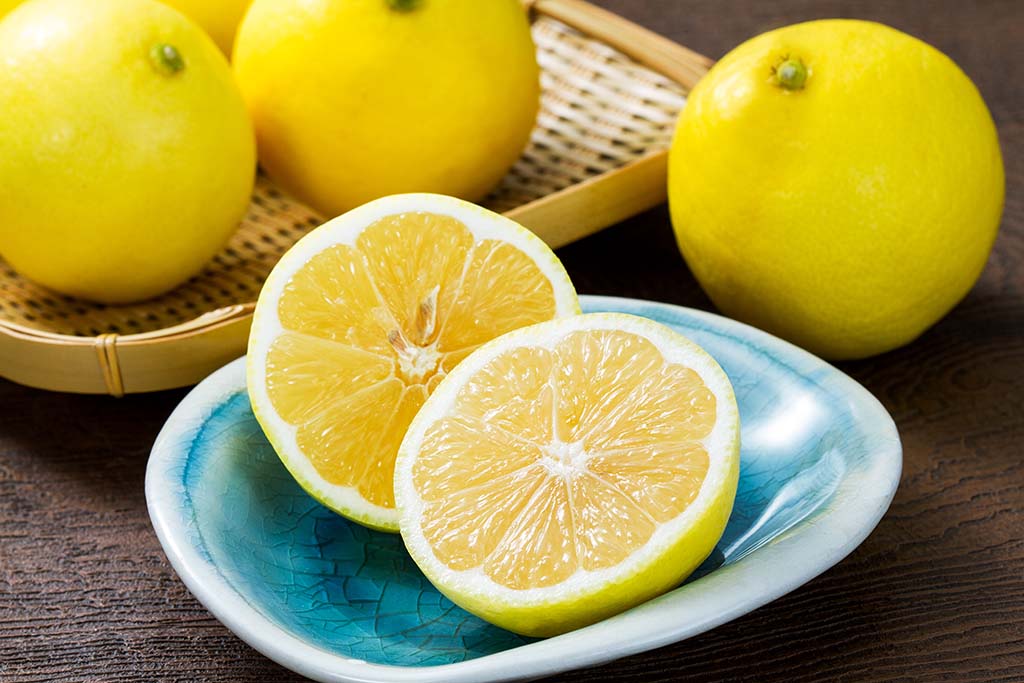
Hyuganatsu, named after Miyazaki's old country name "Hyuga," is a mutant variety that was accidentally discovered in Miyazaki in the early 19th century. It is truly from Miyazaki, the country of origin, or Hyuga. The city of Hyuga, whose name means "Hyuga," is actually less active in the production of Hyuganatsumatsu than other areas. However, at "Michi no Eki Hyuga" (Roadside Station Hyuga), you can find greenhouse hyuganatsu starting around January, with the open-air variety remaining on the shelves until around April. The greenhouse varieties are said to be less acidic than the open-air ones. The way to eat hyuganatsu is to eat it with its thin white skin. The refreshing sourness spreads in your mouth.
Chirimenjako (dried young sardines), a local specialty
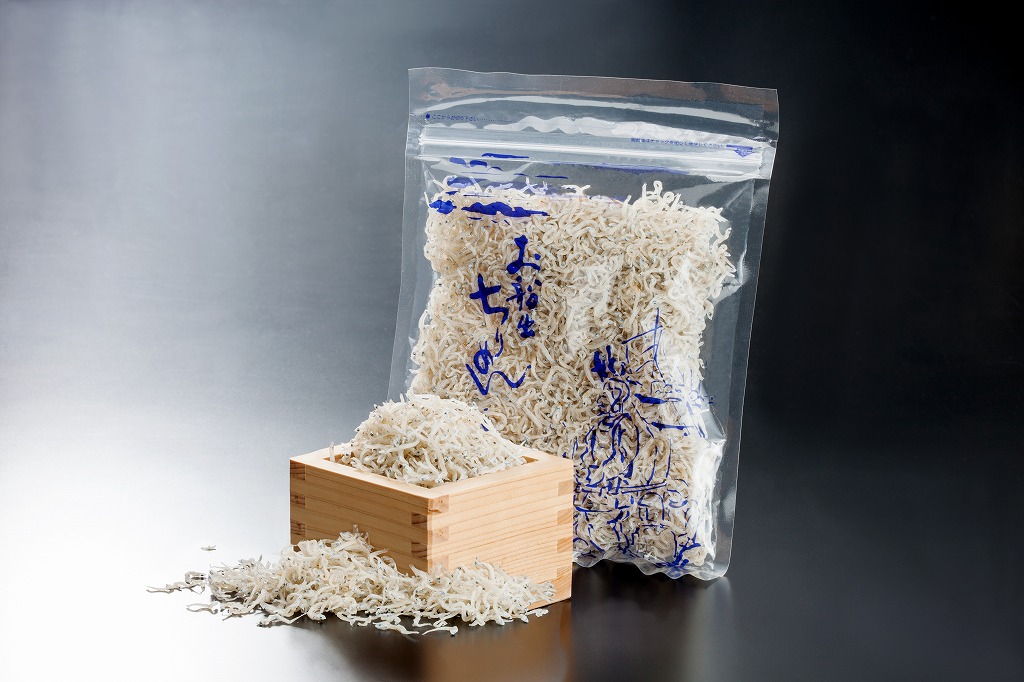
The Hyuga Sea is a good fishing ground for chirimenjako. Moreover, since Japanese anchovy is used instead of maiwashi, which is common in other prefectures, the color of the fish is white and has long been prized as a luxury item. Chirimenjako (dried baby sardines) sold at the product center are landed at nearby Misatsu Port. The fish is immediately boiled in a kettle and dried in the sun, so the flavor is preserved, and the more you bite into it, the more the salty aroma fills your mouth.
Buy this Hebesu Ponzu Vinegar
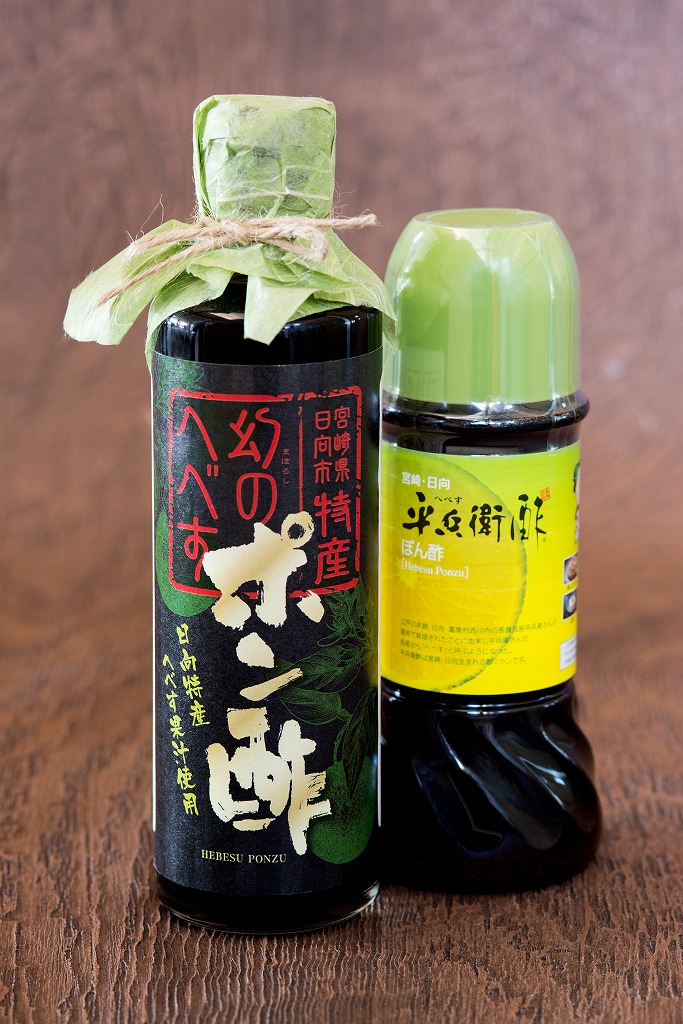
Hebesu" is a citrus fruit produced in Hyuga City. Although the name is still unfamiliar, it was discovered by "Heibei-san" at the end of the Edo period (1603-1867), hence the name "Hebesu" or "Heibei vinegar". It has a refreshingly mild acidity and goes well with grilled fish, nabe dishes, and shochu (distilled spirit). Various processed products are also being made, and it is becoming increasingly well known.
Around Roadside Station Hyuga
Bizen sword (mid-Heian to early Kamakura periods)
If you want to have fun in the area
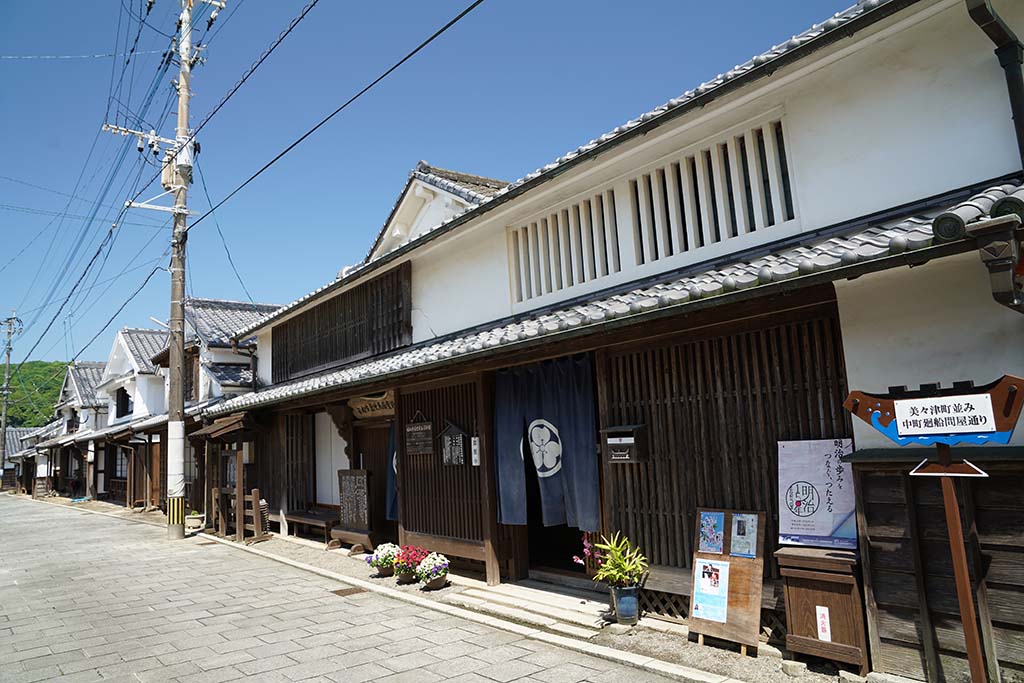
A port town that prospered as a trading center with the Kyoto-Osaka-Kobe area from the Edo period to the Meiji period (1868-1912). The townscape of houses built from the late Edo period to the early Showa period, called "Misuzu Senken," still remains, and has been designated as a national Important Preservation District for Groups of Traditional Buildings. The Hyuga City Museum of History and Folklore also utilizes the building of the Kaisen wholesaler Kawachiya, and offers an insight into the Edo period town houses with a port facing the mouth of a river, which is rare in Japan.

